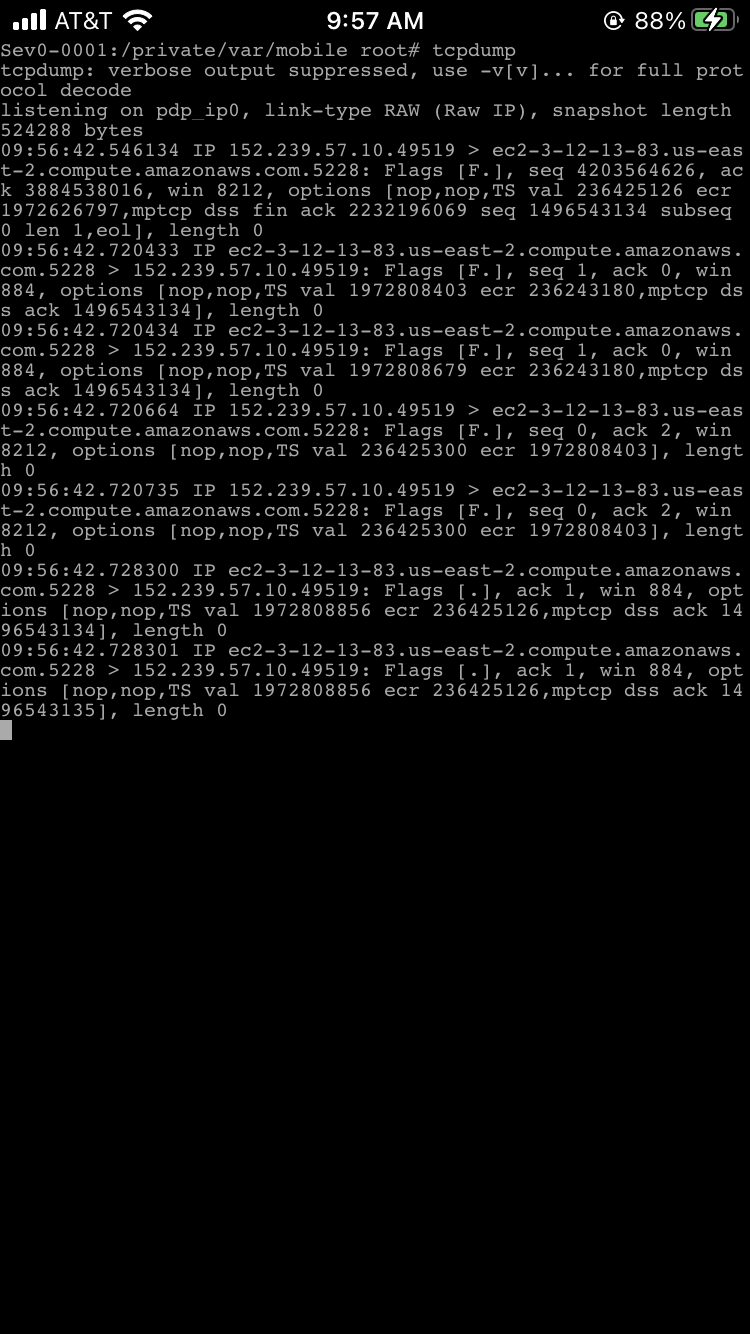Why Application Security Testing is Crucial for Identifying Vulnerabilities
In today’s rapidly evolving cyber landscape, businesses are under constant threat from attackers looking to exploit weaknesses in their systems. To stay ahead, organizations must take a proactive approach to security, and one of the most effective ways to do this is through Application Security Testing. This process simulates real-world attacks on your systems, helping you uncover vulnerabilities before malicious actors can exploit them.
We use industry-leading frameworks, including OWASP (Open Web Application Security Project), to ensure comprehensive testing for web applications. Let’s dive into why Application Security Testing (AST) is crucial and how OWASP frameworks play a pivotal role in identifying and mitigating vulnerabilities.
The Role of OWASP in Application Security Testing
The OWASP Top 10 is a widely recognized framework that lists the most critical web application security risks. It provides a solid foundation for penetration testers to focus on the most common vulnerabilities found in web applications. We rely on the OWASP Top 10 to guide our testing methodology, ensuring we cover key vulnerabilities like:
- Injection Flaws
SQL injection, one of the most dangerous vulnerabilities, allows attackers to execute malicious queries directly into your database. Through penetration testing, we simulate these attacks to identify input points that could allow for data breaches. - Broken Authentication
Weak authentication mechanisms can allow attackers to bypass login systems and gain unauthorized access. By testing your authentication controls, we can uncover weaknesses in password storage, session management, and multi-factor authentication. - Cross-Site Scripting (XSS)
XSS vulnerabilities can enable attackers to inject malicious scripts into web pages viewed by users, leading to data theft or account takeover. Our penetration tests expose such vulnerabilities, helping you fix them before they are exploited. - Insecure Deserialization
Attackers can exploit insecure deserialization to run arbitrary code or further penetrate your network. By simulating these attacks, our team ensures that your web applications can handle serialized data safely. - Security Misconfigurations
Misconfigured systems are often an easy target for attackers. From default settings to unnecessary services running on servers, we identify and correct these issues to harden your defenses.
Why Regular Application Security Testing Matters
Penetration testing isn’t a one-time task. As your IT environment evolves, so do potential vulnerabilities. Routine and recurring Application Security Testing ensures that new weaknesses are identified and addressed before attackers can find them.
By aligning your security strategy with frameworks like OWASP, Severity Zero can help you stay ahead of attackers, uncovering vulnerabilities that automated-only scans often miss. Whether it’s a simple misconfiguration or a complex injection flaw, our expert-led Application Security Testing provides actionable insights to strengthen your security defenses.







